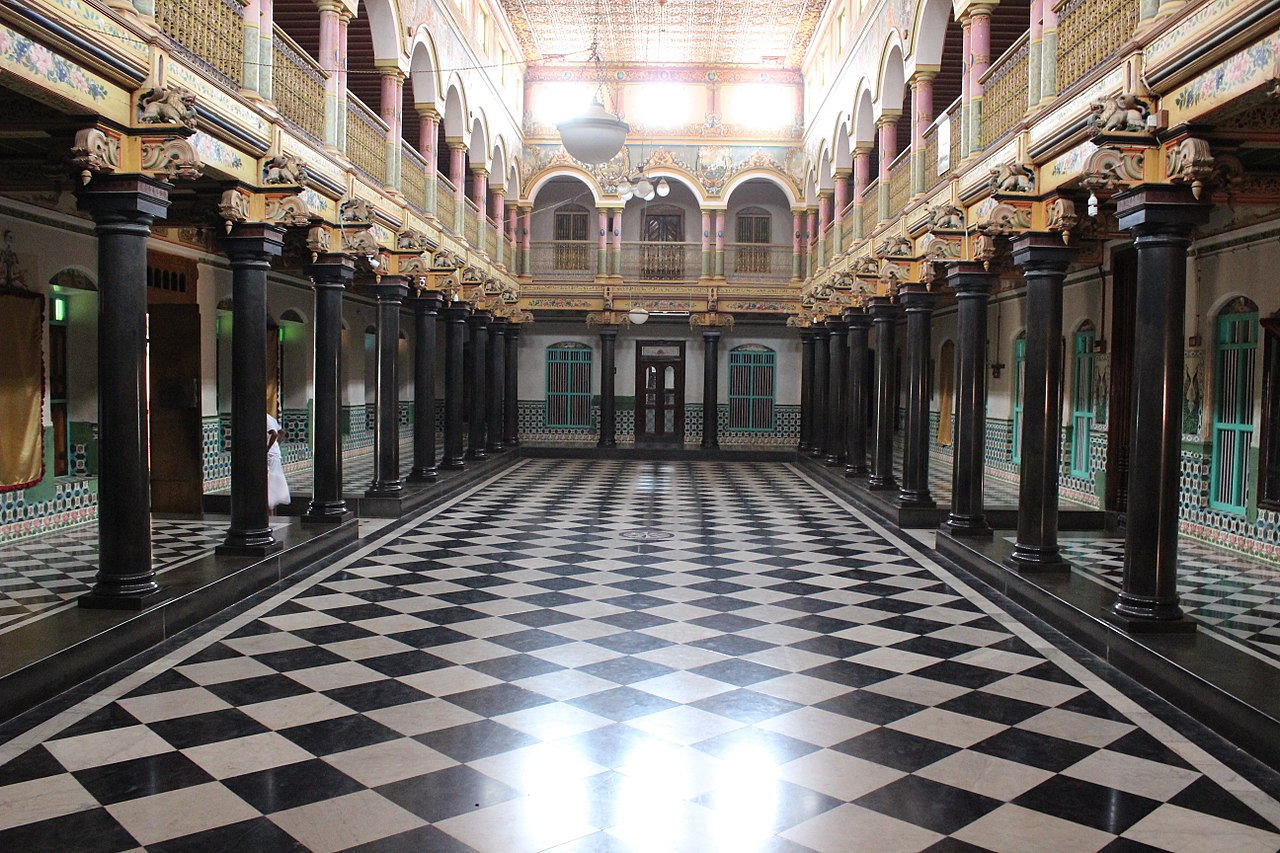Nestled in the serene town of Mavoor, Kozhikode, the Chittari Pethrikkovil Santhanagopala Moorthy Temple, commonly known as the Chittarikkavu Temple, offers a divine experience unlike any other. This sacred shrine, dedicated to the Santana Gopala form of Lord Krishna, has deep roots in Kerala’s spiritual heritage and is famous for its unique rituals, festivals, and blessings.
Mavoor itself, just 19 km from Kozhikode city, was once called *Pulpparambu*, meaning "hayfields" in Malayalam, symbolizing its connection to nature and simple traditions. The Chittarikkavu Temple stands as a testament to this cultural richness.
Every year, during *Kumbha Masam* (February – March), the temple comes alive with its annual festival. The celebration is filled with traditional *pujas*, rituals, and vibrant Kerala temple folk arts. The air resonates with the rhythmic beats of *melam*, and the sacred *chuttambalam* and *namaskara mandapam* transform into spaces of devotion and joy.
One of the most remarkable aspects of the temple is its reputation for blessing childless couples with children after offering sincere prayers to Lord Krishna. The temple’s deity, Santhana Gopala, represents the divine protector of children and fertility.
Alongside its annual festival, the temple celebrates other important rituals, including the *Prathishta Dinam* and *Kalabhabhishekam* in *Meda Masam* (April – May). The temple also marks special occasions like Navratri, Vijayadashami (*Ezhuthiniruthu*), and the *Mandala Makaravilakku Kalam*.
For devotees, Krishna Janmashtami is a time of profound devotion, and celebrating it at Chittarikkavu Temple offers a unique connection to Lord Krishna. The peaceful surroundings, ancient traditions, and spiritual aura make it a must-visit destination during the festivities.









